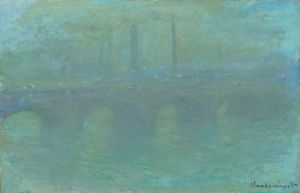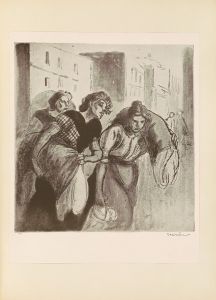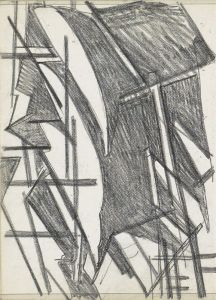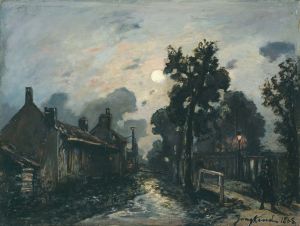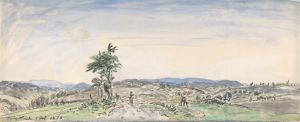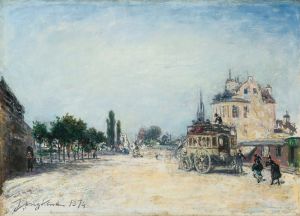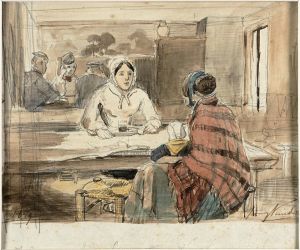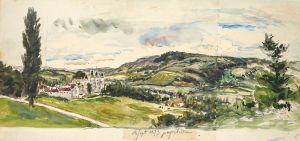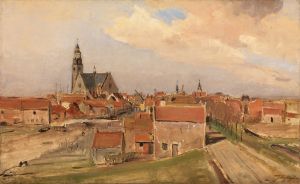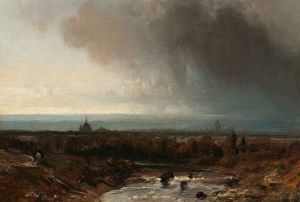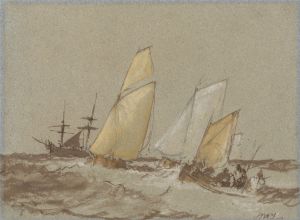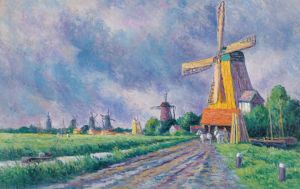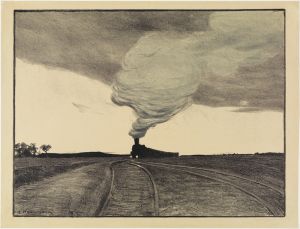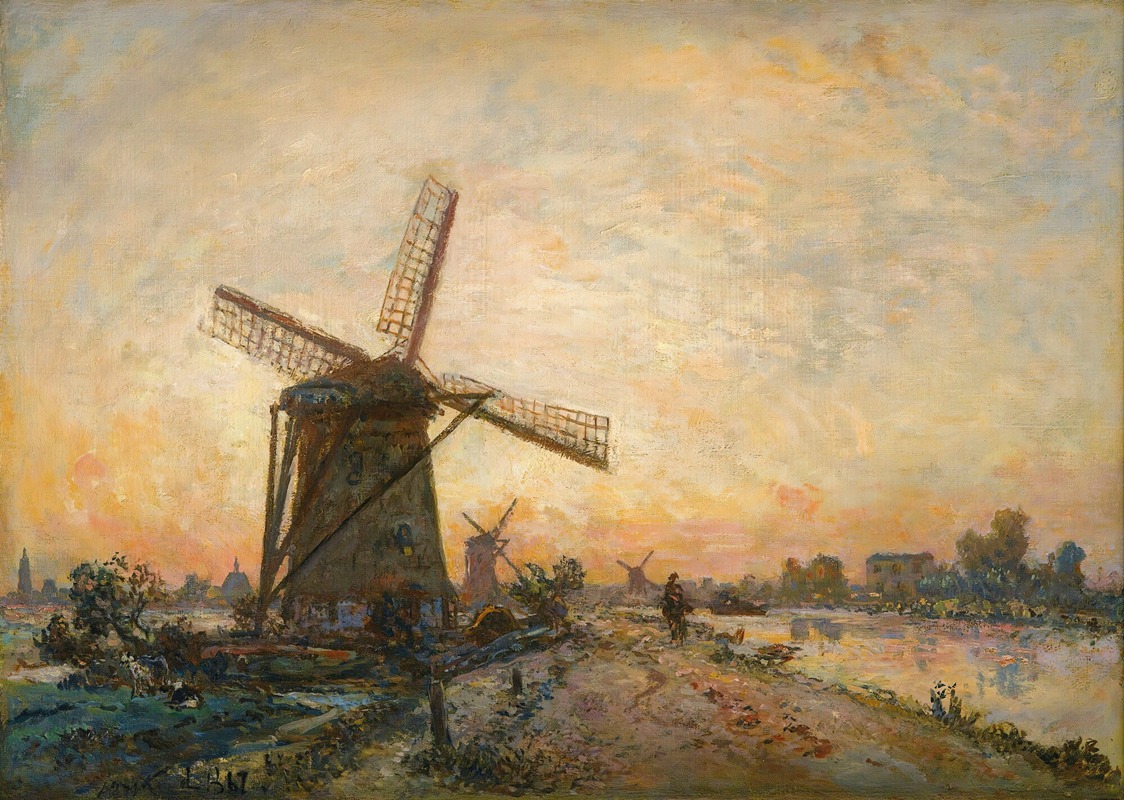
Halage En Hollande
A hand-painted replica of Johan Barthold Jongkind’s masterpiece Halage En Hollande, meticulously crafted by professional artists to capture the true essence of the original. Each piece is created with museum-quality canvas and rare mineral pigments, carefully painted by experienced artists with delicate brushstrokes and rich, layered colors to perfectly recreate the texture of the original artwork. Unlike machine-printed reproductions, this hand-painted version brings the painting to life, infused with the artist’s emotions and skill in every stroke. Whether for personal collection or home decoration, it instantly elevates the artistic atmosphere of any space.
Johan Barthold Jongkind was a Dutch painter and printmaker, known for his significant contributions to the development of Impressionism. Born on June 3, 1819, in the Netherlands, Jongkind spent much of his career in France, where he became associated with the Barbizon School and later influenced the Impressionist movement. His works are celebrated for their innovative use of light and color, capturing the transient effects of the natural environment.
"Halage En Hollande" is one of Jongkind's notable works, reflecting his deep connection to his Dutch roots and his mastery in depicting maritime scenes. Although specific details about this particular painting are limited, Jongkind's oeuvre often features landscapes and seascapes, characterized by a keen observation of atmospheric conditions and a delicate interplay of light and shadow.
Jongkind's technique involved painting en plein air, a method that allowed him to capture the immediacy and changing qualities of the landscape. This approach was instrumental in laying the groundwork for the Impressionist movement, as it emphasized spontaneity and the artist's direct response to the scene before them. His brushwork is often loose and fluid, conveying a sense of movement and the ephemeral nature of the environment.
In "Halage En Hollande," Jongkind likely employed his signature style to depict a scene from the Dutch countryside, possibly featuring elements such as waterways, boats, and the expansive sky that are common in his other works. His ability to render reflections on water and the subtle gradations of the sky are hallmarks of his style, contributing to the painting's atmospheric quality.
Jongkind's influence on Impressionism is well-documented, with artists like Claude Monet citing him as a significant inspiration. Monet, in particular, admired Jongkind's ability to capture the effects of light and his innovative approach to landscape painting. Jongkind's work served as a bridge between the realism of the Barbizon School and the burgeoning Impressionist movement, which sought to capture the fleeting impressions of the natural world.
Throughout his career, Jongkind exhibited his works in various salons and galleries, gaining recognition for his unique vision and technical skill. Despite facing personal challenges, including struggles with mental health and financial instability, Jongkind remained dedicated to his art, leaving behind a legacy that continues to be celebrated today.
"Halage En Hollande," like many of Jongkind's paintings, exemplifies his ability to convey the beauty and dynamism of the natural world. His work not only reflects his personal experiences and observations but also marks a pivotal moment in the history of art, influencing generations of artists who followed. Through his innovative techniques and dedication to capturing the essence of the landscape, Jongkind secured his place as a key figure in the transition from traditional landscape painting to the modernist approaches of the late 19th and early 20th centuries.





